Python Import Module From Another Folder
Python modules are an essential part of the language, as they allow us to organize and reuse code. A module is a file containing Python definitions and statements that can be imported and used in other programs. In some cases, however, we may need to import modules from another folder, which can be a bit challenging if we are not familiar with the different methods and best practices. In this article, we will explore various approaches to import modules from another folder in Python and cover some common questions and best practices.
1. Explanation of Python modules and the need for importing from another folder
Python modules are a way to organize code into reusable units. They contain functions, classes, and variables that can be used in other programs by importing the module. This enables code reuse, modularity, and easier maintenance.
Sometimes, however, we may want to separate our code into multiple folders or directories for better organization. In such cases, we may need to import modules from another folder to access and use their functionality in our programs. This is especially useful when working on large projects where code is divided into different modules or packages.
2. Understanding the structure of modules in Python
Before we can import modules from another folder, it’s essential to understand the structure of Python modules. Modules in Python are typically stored as separate .py files, each containing definitions and statements related to a specific functionality or purpose. These module files can be organized into folders or directories based on their logical grouping.
For example, consider a project with the following structure:
“`
project/
├─ main.py
└─ utils/
├─ math.py
└─ strings.py
“`
In this example, we have a `main.py` file in the root directory and two module files (`math.py` and `strings.py`) in the `utils` directory. Each module file represents a separate module that can be imported and used in the `main.py` file.
3. Exploring different methods to import modules from another folder
There are several methods to import modules from another folder in Python. Let’s explore some of these methods:
3.1 Using the sys module and modifying sys.path to import modules
The `sys` module in Python provides access to various system-specific parameters and functions. One of these parameters is the `sys.path` variable, which is a list of directories that the interpreter searches for modules.
To import a module from another folder, we can modify the `sys.path` variable to include the path of the desired folder. Here’s an example:
“`python
import sys
sys.path.append(‘path_to_folder’)
import module_name
“`
In this example, we append the path to the desired folder to `sys.path` and then import the module using the standard `import` statement.
3.2 Importing using the import statement with custom path modifications
Another approach is to use the `import` statement with custom path modifications. We can modify the `sys.path` variable temporarily to include the path of the folder we want to import from. Here’s an example:
“`python
import sys
sys.path.insert(0, ‘path_to_folder’)
import module_name
sys.path.remove(‘path_to_folder’)
“`
In this approach, we insert the path to the desired folder at the beginning of `sys.path`, import the module, and then remove the path from `sys.path`.
3.3 Importing modules using relative paths and package structure
If the module we want to import is in a subdirectory or package structure relative to the current file, we can use relative import statements. Relative imports allow us to reference modules from the same or related packages using dot notation.
For example, consider the following directory structure:
“`
project/
└─ utils/
├─ math.py
└─ strings.py
“`
To import the `math.py` module from the `strings.py` module, we can use a relative import:
“`python
from . import math
“`
In this example, the leading dot (`.`) indicates the current package or module, and we can import the `math` module within the same package using the dot notation.
4. Creating an __init__.py file to make a folder a package and enable imports
To import modules from another folder, we need to ensure that the folder is treated as a package by the Python interpreter. This can be done by creating an empty `__init__.py` file inside the folder.
The `__init__.py` file serves as a marker to identify a directory as a Python package. It can also contain initialization code if needed. Once the `__init__.py` file is present, the folder can be imported and used as a package.
5. Handling name conflicts and avoiding module shadowing during imports
In some cases, multiple modules may have the same name, leading to name conflicts during imports. To avoid such conflicts, we can use the `as` keyword to assign a different name to the imported module.
For example:
“`python
import module_name as alias_name
“`
In this example, we import the `module_name` module and assign it the name `alias_name` to avoid conflicts with any existing names.
6. Best practices for organizing modules in different folders and packages
Organizing modules in different folders and packages is crucial for maintaining a clean and structured codebase. Here are some best practices to follow:
– Group related modules together in the same folder or package.
– Use meaningful and descriptive names for modules and folders to improve code readability.
– Avoid circular dependencies between modules to prevent runtime errors.
– Use relative imports within the same package to maintain the package structure and improve portability.
– Place an `__init__.py` file in each folder to create packages and enable imports.
– Consider using version control systems like Git to manage multiple modules and their dependencies.
By following these best practices, we can ensure a well-organized codebase that is easy to understand, maintain, and scale.
FAQs:
Q1. How do I import a module from a parent directory in Python?
To import a module from a parent directory, you can modify the `sys.path` variable to include the path of the parent directory. Here’s an example:
“`python
import sys
sys.path.append(‘path_to_parent_directory’)
import module_name
“`
Q2. What should I do if I encounter an “attempted relative import beyond top-level package” error?
This error occurs when a relative import statement is used outside of a package or at the top-level of the package. To fix this error, make sure you are using relative imports within a package. If you need to import a module from outside the current package, consider using absolute imports or modifying the `sys.path` variable.
Q3. How can I import a Python file from another directory?
To import a Python file from another directory, you can modify the `sys.path` variable to include the path of the directory. Here’s an example:
“`python
import sys
sys.path.append(‘path_to_directory’)
import file_name
“`
Q4. How can I import all files in a directory in Python?
To import all files in a directory, you can use the `glob` module to get a list of all file names and then import them dynamically. Here’s an example:
“`python
import glob
import importlib
file_names = glob.glob(‘path_to_directory/*.py’)
for file_name in file_names:
module_name = “module.” + file_name[:-3]
importlib.import_module(module_name)
“`
Q5. How can I import a specific function from another file in Python?
To import a specific function from another file, you can use the `from … import …` syntax. Here’s an example:
“`python
from module_name import function_name
“`
In this example, we import the `function_name` from the `module_name` module.
Q6. What is __all__ in Python and how can it be used for importing modules from another folder?
The `__all__` attribute is a list that defines the public interface of a module. When a module is imported using the `*` notation, only the names listed in `__all__` will be imported. While it can be used to control which names are imported, it does not directly help with importing modules from another folder.
In conclusion, importing modules from another folder in Python is a common requirement when working on complex projects. By understanding the different methods and best practices discussed in this article, you can efficiently import modules and organize your codebase for better maintainability and scalability.
Python – Different Ways To Import Module From Different Directory
How To Import Modules From One Folder To Another Folder In Python?
Python provides a vast library of modules that developers can import and utilize to enhance their programs’ functionalities. Sometimes, it becomes necessary to organize and structure these modules in different folders, making them easier to manage and locate. In this article, we will explore how to import modules from one folder to another folder in Python and discuss the various methods to achieve this.
Before diving into the different approaches, let’s briefly understand the basic structure of a Python project. Typically, a project contains multiple folders where modules reside, including the main project folder. Each module resides in its respective folder, which helps to categorize and organize them effectively. To import a module from one folder to another, we can use the following techniques:
1. Using sys.path.append():
One way to import modules from a different folder is by appending the folder path to the sys.path list. This method allows Python to search for modules in the specified folder. The sys module provides access to various parameters and functions that interact with the Python interpreter. Consider the following code snippet:
import sys
sys.path.append(“/path/to/module/folder”)
Replace “/path/to/module/folder” with the actual path to the folder containing the module you wish to import. Once the path is appended, you can directly import the module using the import statement.
2. Using the PYTHONPATH environment variable:
Another approach is to set the PYTHONPATH environment variable. It allows Python to search for modules in the directories specified within the variable. You can set the PYTHONPATH variable either from the command line or within your Python script. Here’s an example of setting PYTHONPATH from the command line:
$ export PYTHONPATH=/path/to/module/folder
Alternatively, you can set it within your script using the os module:
import os
os.environ[“PYTHONPATH”] = “/path/to/module/folder”
Once the environment variable is set, you can import the desired module using the import statement.
3. Using relative imports:
Python also provides the option to perform relative imports, allowing you to import modules located in the same project but in different folders. The relative import syntax follows this pattern:
from .foldername import modulename
The dot (.) before the foldername indicates that the folder is present in the same directory as the script or module where the import statement is written. You can use multiple dots to navigate up the directory tree if needed. This approach is particularly useful when developing reusable libraries or packages.
FAQs:
Q1. Why is organizing modules into different folders important?
A: Organizing modules into different folders helps in maintaining clean and manageable code. It improves code reusability, makes it easier to locate specific modules, and enhances collaboration between multiple developers working on the same project.
Q2. Can I import modules from folders located outside the project directory?
A: Yes, it is possible to import modules from folders located outside the project directory. However, it is generally ill-advised as it can make the project structure more complex and harder to maintain. It’s recommended to keep related modules within the project structure for better organization.
Q3. What if I want to import a module from a nested folder structure?
A: To import a module from a nested folder structure, append the entire path to the sys.path or PYTHONPATH. For example:
import sys
sys.path.append(“/path/to/parent/folder/nested-folder”)
Alternatively, you can use relative imports by specifying the correct path relative to the current script or module.
Q4. Are there any limitations to importing modules from different folders?
A: While importing modules from different folders is a powerful feature, it’s important to note that circular imports should be avoided. Circular imports occur when two or more modules depend on each other, creating an infinite loop. Proper module structuring and avoiding circular imports will help prevent such issues.
In conclusion, understanding how to import modules from one folder to another enhances code organization and maintainability in Python projects. This article covered three different approaches: using sys.path.append(), setting the PYTHONPATH environment variable, and performing relative imports. Choose the appropriate method based on your project structure and requirements and ensure clean and efficient code by leveraging the power of modularization in Python.
How To Import Function From Another Python File In The Same Directory?
When working on larger projects or breaking down your code into smaller, reusable components, it is often necessary to import functions or modules from another Python file. Such an approach promotes modularity, encourages code reusability, and makes code organization more manageable.
In this article, we will dive into the process of importing functions from another Python file located in the same directory. We will cover various methods and scenarios to provide you with a comprehensive understanding of this process. So, let’s get started!
1. The Basic Method:
– To import a function from another file, ensure that both files are located in the same directory.
– In the file where you want to import the function, use the `import` keyword followed by the filename (without the extension) that contains the desired function. For example, if the filename is `my_functions.py`, you would write `import my_functions`.
– Now you can access functions from the imported file using the filename and function name as follows: `my_functions.some_function()`.
2. Importing Specific Functions:
– If you only need to import specific functions from a file instead of the entire file, you can use the `from` keyword.
– For example, to import just the `some_function` from the `my_functions.py` file, you can write `from my_functions import some_function`.
– Now you can directly access the function using its name: `some_function()`.
3. Renaming Imported Functions:
– You may encounter situations where function names clash, causing conflicts. In such cases, you can rename the imported function using the `as` keyword.
– For instance, if you want to import the function `calculate` from the file `math_functions.py` but also have a function named `calculate` in your current file, you can rename it while importing: `from math_functions import calculate as calc`.
– Now you can use the renamed function as `calc()` to avoid any naming conflicts.
4. Importing Multiple Functions:
– If you wish to import multiple functions from a file, you can list them after the `import` keyword, separated by commas.
– Let’s say you have four functions (`function1`, `function2`, `function3`, and `function4`) in a file named `utility.py`. To import them all, use the following syntax: `from utility import function1, function2, function3, function4`.
– Now you can access these functions directly in your current file.
5. Different Ways to Import Entire Modules:
– While discussing imports, it’s crucial to mention that you can also import entire modules that contain multiple functions.
– To import an entire module, use the `import` keyword followed by the module’s filename (without the extension) in your current file.
– Once imported, you can access any function defined in the module using the module name and function name: `module_name.function_name()`.
6. FAQs:
Q1: What if the Python file I want to import functions from is in a different directory?
A1: In such cases, you need to ensure that the desired directory is added to the `sys.path` variable before importing the file. This can be achieved by appending the desired directory using `sys.path.append(‘/path/to/dir’)` before performing the import.
Q2: Can I import functions from Python’s built-in libraries?
A2: Yes, you can! Python provides an extensive collection of built-in libraries that can be imported and utilized in your code. For example, you can import the `math` library with `import math` and access its functions using `math.function_name()`.
Q3: What if I want to import functions from a Python file in a different directory altogether?
A3: You can achieve this by using the concept of packages. Convert the directory containing the file you want to import into a package by including a `__init__.py` file. Then, you can import it using the dot notation, such as `from package_name import file_name`.
Q4: Can I import functions from a file without executing its entire code?
A4: By using conditional statements like `if __name__ == ‘__main__’:`, you can exclude specific sections of code from being executed during import. This way, only the necessary functions will be imported.
In conclusion, importing functions from another Python file in the same directory is a fundamental technique to enhance code organization and promote code reusability. Python provides various methods and techniques, including importing specific functions, renaming imported functions, and importing entire modules, to suit different requirements. By following the guidelines and scenarios discussed in this article, you can effectively import functions and modules, making your code more modular and maintainable.
Keywords searched by users: python import module from another folder Python import module from parent directory, attempted relative import beyond top-level package, Import Python file from another directory, Python import all files in directory, Python import as, Python import function in file, Import function from another file Python, Python __all__
Categories: Top 91 Python Import Module From Another Folder
See more here: nhanvietluanvan.com
Python Import Module From Parent Directory
Before we delve into the various approaches, let’s briefly understand the concept of modules in Python. A module is essentially a file containing Python definitions and statements. These modules enable code reusability and provide a structured way to organize code, making it more maintainable and scalable. In Python, a module can be imported using the `import` statement, allowing access to its functionality and variables.
Now, let’s consider a scenario where we have a project with multiple directories, and we want to import a module from a parent directory. By default, Python looks for modules in the current directory and the paths specified in the `PYTHONPATH` environment variable. However, importing a module from a parent directory is not straightforward since Python does not include the parent directory by default. But worry not! We have several methods to overcome this limitation.
1. Adding the parent directory to the `PYTHONPATH`:
One way to import modules from a parent directory is by adding the parent directory to the `PYTHONPATH` environment variable. This allows Python to search for modules in the specified directory. To achieve this, we need to use the `sys` module, which provides system-specific parameters and functions. We can add the parent directory to `PYTHONPATH` using the following code snippet:
“`python
import sys
sys.path.append(“..”)
“`
By appending `”..”` to the `sys.path` list, we inform Python to include the parent directory in the module search path. From here, we can import modules residing in the parent directory as if they were in the current directory.
2. Modifying the `sys.path` variable directly:
Another approach to import modules from a parent directory is by modifying the `sys.path` variable directly. Similar to the previous method, we can achieve this using the `sys` module as follows:
“`python
import sys
sys.path.insert(0, “..”)
“`
In this approach, we insert the parent directory at the beginning (`index 0`) of the `sys.path` list, giving it priority over other directories. By doing so, any subsequent import statements will search for modules in the parent directory first.
3. Using relative imports:
Python also supports relative imports, which allow us to import modules relative to the current script’s location. To import a module from a parent directory, we can use the `..` syntax to navigate to the parent directory. Here’s an example:
“`python
from .. import module_name
“`
This approach is particularly useful when we want to import a specific module rather than adding the entire parent directory to `sys.path`.
FAQs:
Q: Why do I need to import modules from a parent directory?
A: Importing modules from a parent directory is necessary when working with larger projects that have multiple directories. It allows us to reuse code and access functionality defined in different directories.
Q: Can I import from multiple levels above the current directory?
A: Yes, you can use multiple dots (`..`) to navigate to multiple parent directories. For example, to import from two levels above the current directory, you would use `from … import module_name`.
Q: Is it recommended to modify `sys.path` directly?
A: Modifying `sys.path` directly may not be the best approach for production-ready code. It is generally recommended to use this method as a last resort when there are no other viable options.
In conclusion, importing modules from a parent directory in Python can be achieved using various methods like modifying the `sys.path` variable or adding the parent directory to the `PYTHONPATH`. While these methods offer flexibility, it is important to use them judiciously and consider the impact on code readability and maintainability. By understanding these techniques, developers can efficiently organize and reuse code across directories, leading to more scalable and modular Python projects.
Attempted Relative Import Beyond Top-Level Package
Introduction (75 words):
When importing modules in Python, the concept of relative imports is commonly used to refer to importing modules within the same package. However, attempts to import beyond the top-level package can lead to errors and confusion. This article will explore the topic of attempted relative import beyond the top-level package, providing a detailed explanation of the concept, common errors, and best practices to avoid them. Additionally, a FAQs section will address some of the frequently asked questions related to this topic.
Understanding Relative Imports (200 words):
In Python, packages are directories that contain modules and other sub-packages. Relative imports enable developers to import modules within the same package or a sub-package, thereby facilitating proper structuring and organization of code.
To illustrate, consider a package named “my_package” that contains two modules, “module1.py” and “module2.py”. In “module2.py”, a relative import of “module1.py” can be achieved by using the statement `from . import module1`. The dot preceding the module name indicates that the module is located within the same package.
Attempted Relative Imports Beyond Top-level Packages (300 words):
The attempted relative import beyond the top-level package refers to the scenario where developers attempt to import a module outside the current package structure. This situation arises when a module residing in a sub-package tries to import a module located in the parent package or any sibling package.
Python prevents these imports by design, as they can lead to namespace clashes and make code difficult to maintain. When an attempted relative import beyond the top-level package occurs, Python raises an error stating that the attempted relative import is outside the top-level package.
Common Errors and Their Solutions (350 words):
1. “Attempted relative import in non-package”:
– Error Message: “SystemError: Parent module ” not loaded, cannot perform relative import”
This error occurs when a script is run as a standalone module rather than as part of a package. To resolve this error, ensure that the module is executed within its proper package context.
2. “ValueError: attempted relative import beyond top-level package”:
– Error Message: “ValueError: attempted relative import beyond top-level package”
This error is encountered when a module tries to access a higher-level package or a sibling package. To overcome this error, switch from relative imports to absolute imports. For instance, use the statement `from my_package import module1` instead of `from ..my_package import module1`.
Best Practices to Avoid Errors (200 words):
1. Clearly define package structures: Maintain a structured package hierarchy to prevent any confusion regarding relative imports.
2. Use absolute imports in top-level modules: To ensure code clarity and readability, employ absolute imports instead of relative imports in top-level modules. This practice helps avoid any potential errors when attempting to import beyond the top-level package.
3. Avoid circular dependencies: Circularity in package dependencies can lead to headaches, particularly when dealing with relative imports. Ensure modules do not depend on each other in circular ways to avoid such complications.
FAQs:
Q: Can I perform relative imports between sibling packages?
A: No, Python does not allow relative imports between sibling packages. Use absolute imports instead.
Q: What is the main advantage of relative imports?
A: Relative imports can simplify import statements within a package’s modules and contribute to better code organization.
Q: How can I fix a “SystemError: Parent module not loaded” error?
A: Ensure that you are running your script within the package’s context and not as a standalone module.
Q: Are there any situations where importing beyond the top-level package is allowed?
A: Generally, importing beyond the top-level package is discouraged, but tools like `sys.path.append()` can assist in certain cases. However, this should be used cautiously to avoid code complexity and maintainability issues.
Conclusion (100 words):
Understanding the concept of attempted relative import beyond the top-level package is crucial for Python developers. By comprehending the restrictions, errors, and best practices associated with relative imports, developers can effectively structure their packages and minimize potential issues. Remember to adhere to best practices, use absolute imports when necessary, and avoid circular dependencies between modules. With this knowledge, developers can ensure clean and maintainable Python code.
Images related to the topic python import module from another folder

Found 23 images related to python import module from another folder theme

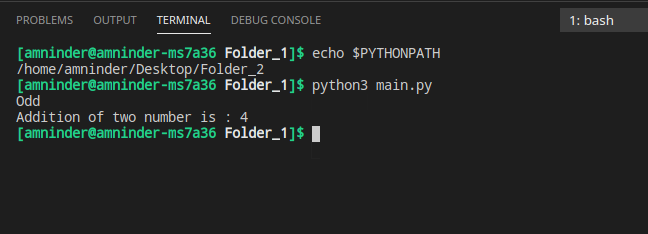








![Python #10] Import module from different directory - YouTube Python #10] Import Module From Different Directory - Youtube](https://i.ytimg.com/vi/Z8lH3l-qoZs/maxresdefault.jpg)




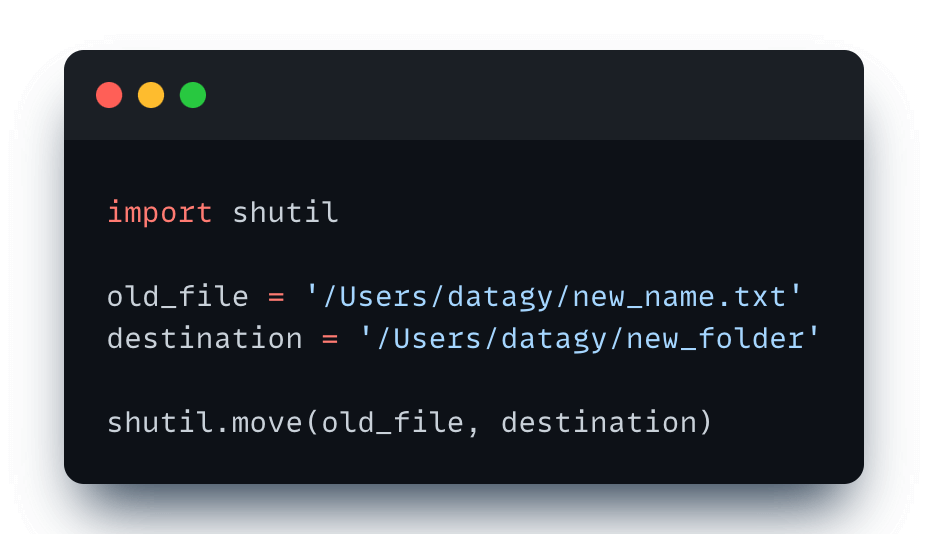


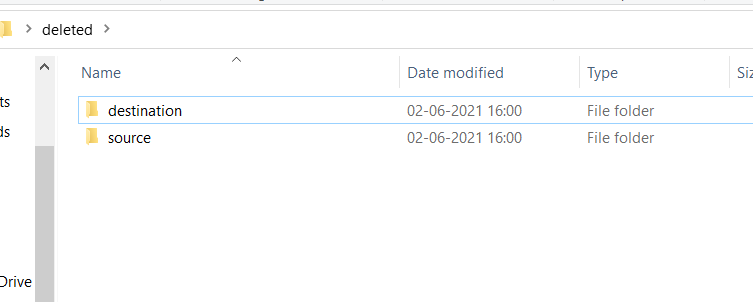




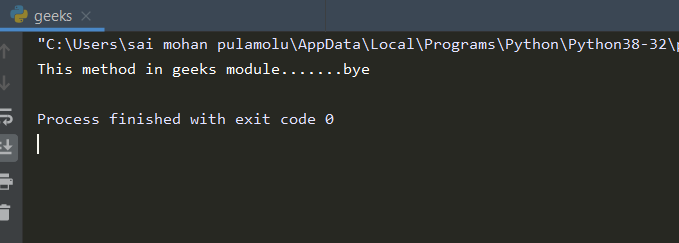



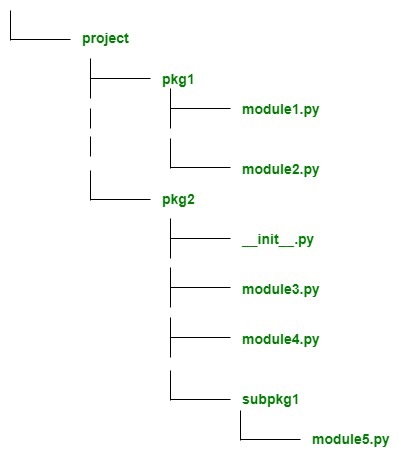
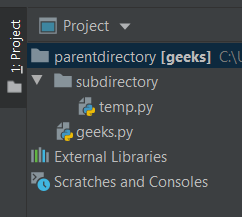

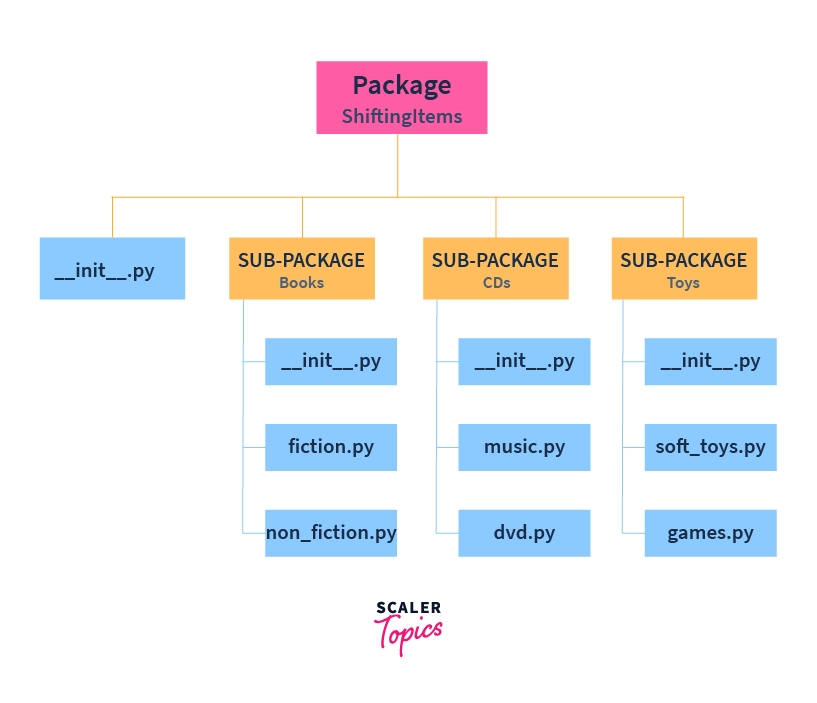









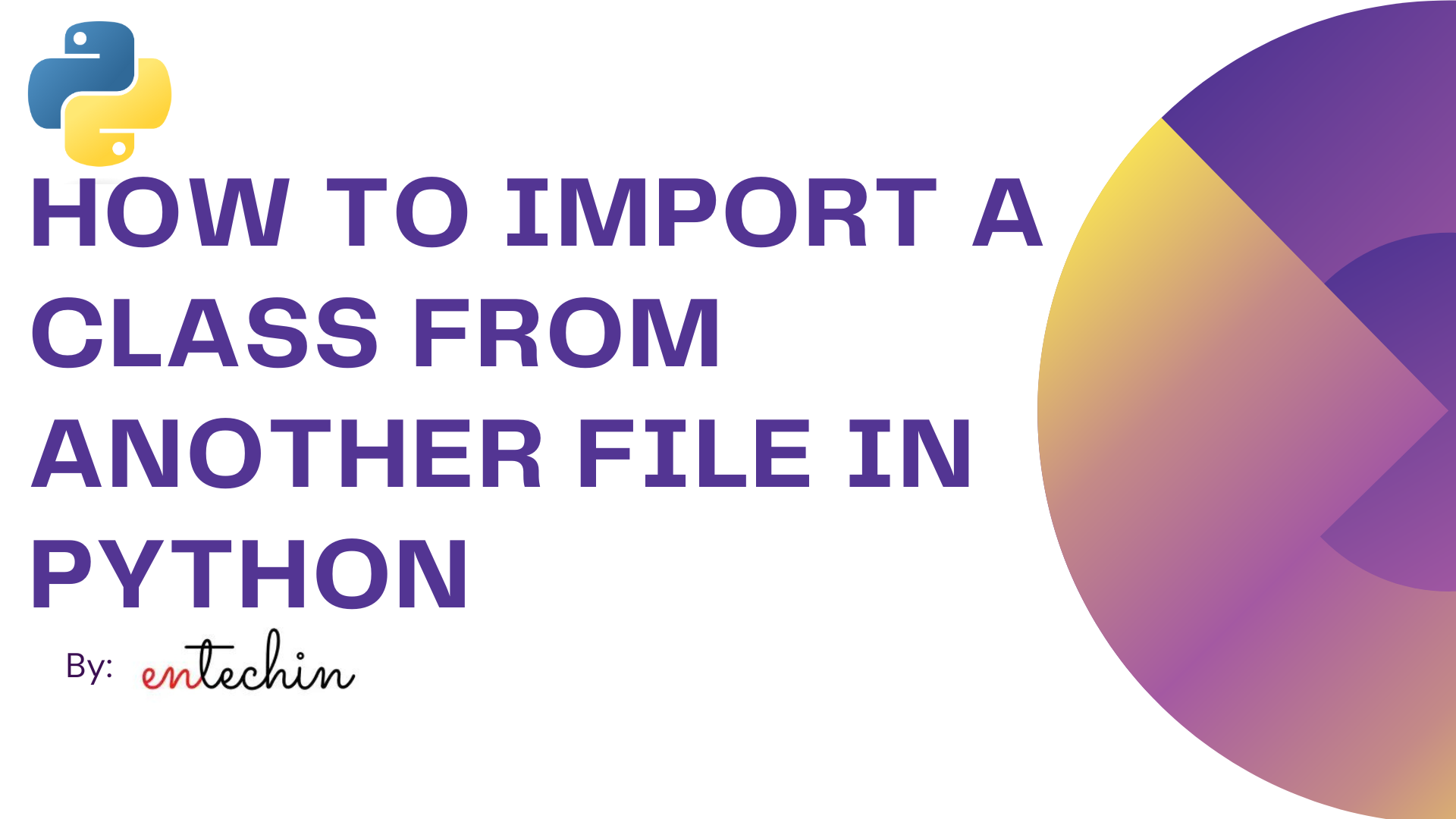


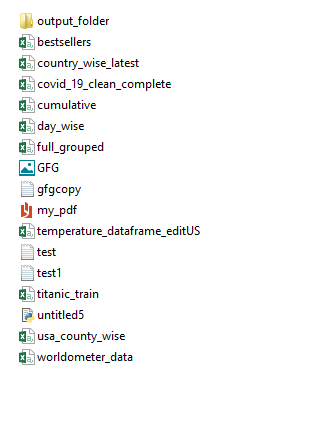






Article link: python import module from another folder.
Learn more about the topic python import module from another folder.
- Importing files from different folder – python – Stack Overflow
- Python — How to Import Modules From Another Folder? – Finxter
- Python — How to Import Modules From Another Folder? – Finxter
- Calling Functions from Other Files – Problem Solving with Python
- What are and How to Import Modules in Python? – DataCamp
- Importing files from different folder – Python – W3docs
- What to do to import files from a different folder in python
- How can I import a module from another directory in Python?
- Import Files from Different Folder in Python
See more: nhanvietluanvan.com/luat-hoc